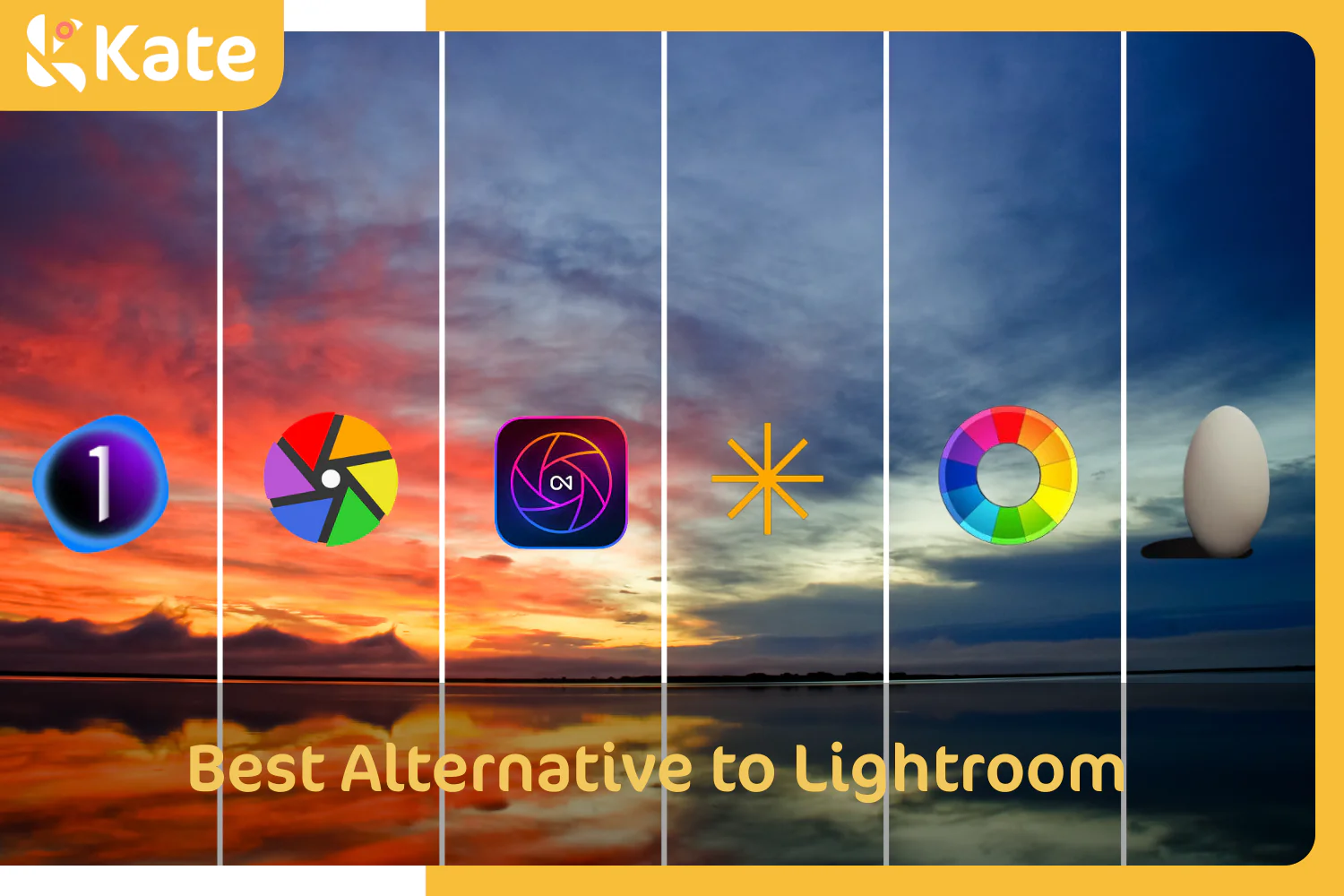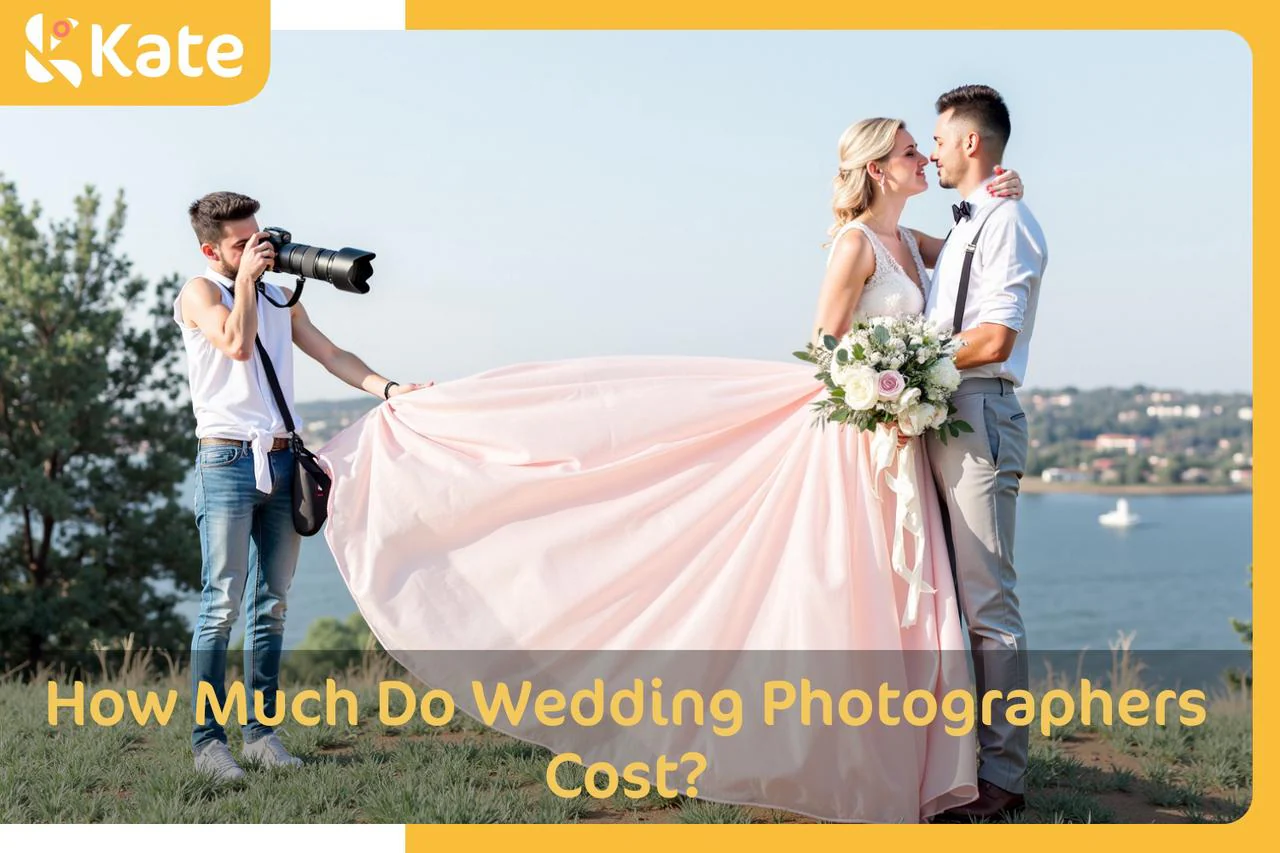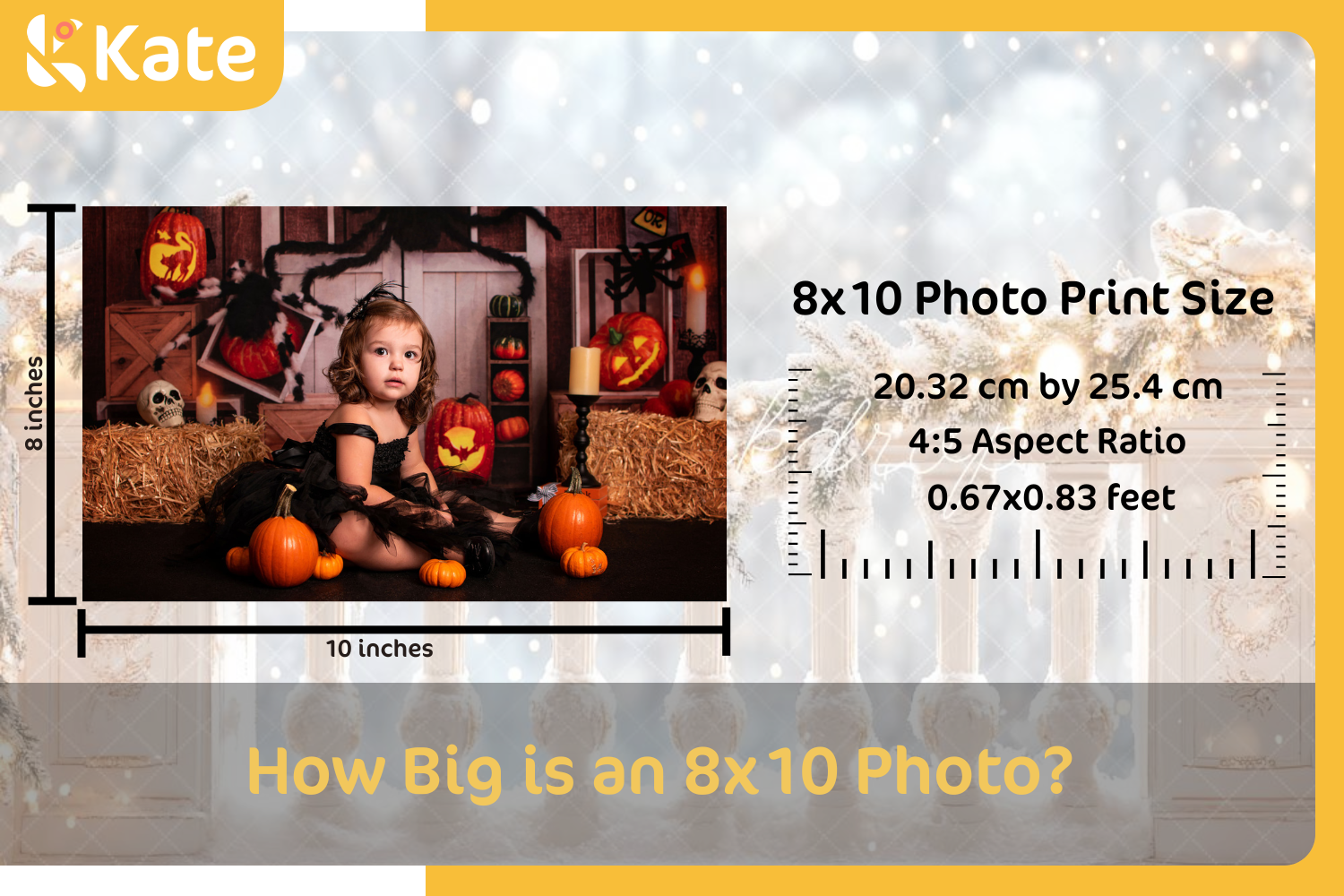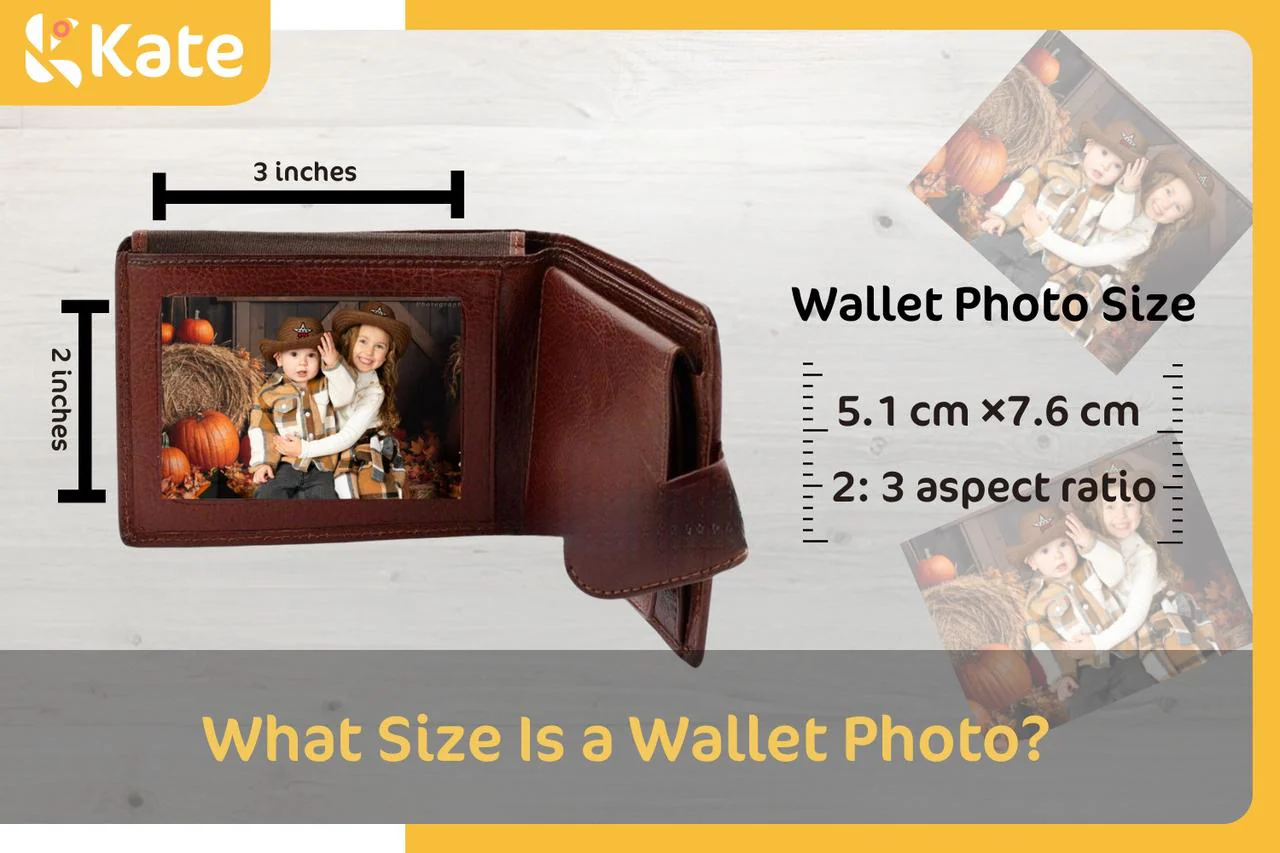Understanding Focal Length in Photography: The Ultimate Beginner's Guide

Focal length is the distance between the center of the lens and where light converges to create a sharp, detailed image on the camera’s sensor.
A lens’ focal length affects how much of a scene is in view in the frame – the field of view. And the second major impact is on magnification. Lenses with longer focal lengths magnify subjects but in doing so they narrow the field of view.
Photographers have lenses available to them with focal lengths from around 14mm to 800mm or more, though the most commonly used lenses are 35mm, 50mm, 85mm, telephoto lenses of 200mm and 300mm, and zoom lenses of 24-70mm and 70-200mm.

What Is Focal Length in Photography?
The focal length of a camera lens is the distance between the lens and the light sensor when the subject is in focus. More technically, it is the point where light converges within the lens and the image sensor when focused on your subject. Focal length is usually measured in millimeters (mm) and determines the angle of view and how much of the scene will be captured.
The focal length also affects the magnification of the image – or how large the components of the image will appear. Shorter focal lengths result in images with a wider field of view. So if, for instance, you were taking a photo of a mountain range, you would see more individual peaks in your photo, but each one would appear smaller and have less detail than if you were using a lens with a longer focal length.
Remember: Focal length does not refer to the physical length of the lens. Focal length is a measurement of the optical distance within the lens; physical length, of course, is the actual length of the lens, though it is true that zoom lenses have both longer potential focal length and longer lens bodies. A 35mm lens, referring to its focal length, can range in physical length from one manufacturer or model to the next.

What are the Differences Between a Zoom Lens and a Prime Lens?
The key difference between the two lens types is that prime lenses only have one focal length, for example 50mm or 85mm, while zoom lenses cover a range of focal lengths, for example 24-70mm or 70-200mm.
The variable focal length of zoom lenses is usually achieved by additional lens elements that shift the distance between light convergence and the sensor. Prime lenses have a fixed focal length. To change the focal length of an image if you’re using prime lenses, you must change the lens on your camera.
Which is better? Zoom lenses can be less hassle because you don’t have to change a lens to adjust focal length. But there’s a tradeoff for the versatility of zoom lenses. Prime lenses are lighter because they have fewer optical elements. They tend to have less optical distortion, less chromatic aberration, and are usually brighter (that is, they have a larger maximum aperture) than zoom lenses.
What Is the Importance of Focal Length?
Focal length has a huge effect on your image! The focal length dictates the field of view that your sensor captures. The lenses with the longest focal lengths (called telephoto) have a very narrow field of view and are able to capture details on objects from greater distances. Telephoto lenses are popular for wildlife and sports.
Lenses with the shortest focal lengths (called wide-angle lenses or sometimes fisheye lenses) have a very wide field of view. They are ideal for capturing expansive scenes, such as landscapes, astrophotography, architecture, and interiors. Wide-angle lenses emphasize depth and distance in a scene, often creating a dynamic and immersive effect. They can also exaggerate perspective, making foreground objects appear larger and more prominent relative to the background.
Field of view is measured in degrees. The widest lenses, called fish-eye, can capture a field of view of as much as 180 degrees. This means that objects as much as 90 degrees from the front lens element will be captured in the image.
Note: Watch out for distortions with wide-angle lenses. Straight lines near the edges of the frame can appear curved, and subjects close to the lens can appear stretched or disproportionately large.

-
35mm lens: Note the width and height of the image taken with a 35mm lens, which is considered wide angle because it has a wider perspective than the human eye.To see this much with your eyes, you would have to turn slightly from side to side.

-
50mm lensThe image taken with a 50mm lens is about the same field of view as the human eye.

f/9 ISO:100 1/250s
-
85mm lensThe image is more concentrated on the center of what you’d naturally see with your eyes.

f/9 ISO:100 1/250s
-
135mm lens Narrowest field of view but best detail.

f/9 ISO:100 1/250s
How Does Focal Length Affect Lens Size?
Lenses with longer focal lengths are usually physically longer and heavier than standard or wide-angle lenses. This is because the front lens element needs to be farther away from the sensor to move the light convergence away from the sensor.
This is easy to see in zoom lenses that do not zoom internally. At longer focal lengths, the front lens element telescopes forward, away from the camera sensor. When adjusting to wider angles, the front lens element retracts into the barrel of the lens to reduce the focal length.
Telephoto lenses often have complex designs with more glass and moving parts, resulting in heavier lenses. For example, the Canon EF 70-200mm f/4L IS II USM telephoto lens weighs about 1.7 pounds, while Canon’s EF-S 18-55mm f/3.5-5.6 IS wide angle lens weighs only about 7 ounces.
What is the Difference Between Adjusting Focal Length and Cropping?
The difference is that adjusting focal length is an optical method for capturing the image; cropping edits the image after it has been captured. Using a longer focal length and cropping are two ways to achieve the effect of a narrower field of view in the final image, effectively making the subject appear closer.
Adjusting focal length is achieved during the shoot by changing lenses or by using a zoom lens and zooming in or out to get the preferred focal length. Cropping an image is a step taken in editing the image after the shoot.
Cropping an image in post editing can achieve the same field of view, but you sacrifice the resolution of any pixels that are cropped out. Depending upon how you plan to use the image, you may or may not notice this loss of resolution. However, for the best quality and to use the full resolution of your sensor, it is usually best to select a focal length that optically offers the field of view you want to capture, rather than cropping in post.
How Does the Camera Sensor Size Affect a Photo’s Field of View?
Sensor size has a major impact on an image’s field of view - whether it is full frame or cropped. Smaller sensors have a narrower field of view than larger sensors for the same focal length, giving the image a zoom factor.
Full-frame sensors are approximately 36mm x 24mm. With these sensors, camera lenses keep their true focal length and field of view. For example, a 50mm lens on a full-frame sensor delivers a full field of view with no cropping.
Crop sensors are smaller sensors approximately 22mm x 15mm. They deliver a much reduced field of view. For instance, an APS-C sized sensor, which is smaller than a “full frame” 35mm sensor, will capture images with approximately 1.5x narrower field of view. In this setup, the field of view on a 50mm lens is 75mm, which is like zooming in on the subject, narrowing the field of view.
Another type of crop sensor is a micro four thirds sensor with a size of 17mm x 13mm and a crop factor of 2x, so that images through a 50mm lens appear as if taken through a 100mm lens.
What are Effective Focal Length and Crop Factor?
Effective focal length is the focal length of a lens when employed on a full-frame camera as compared to using the lens on a camera with a smaller sensor. When a lens is switched from a full-frame camera to a camera with a crop sensor, the effective focal length gets longer by a factor such as 1.5x or 2x.
APS-C sensors are sometimes referred to as “crop factor.”
Although there is no actual cropping being performed (the full resolution of the sensor is being utilized), this provides an easy way of conceptualizing the comparison between two different sensor sizes and how they will capture images from the same focal length. If you are familiar with how a full frame 35mm captures images with various focal lengths, you can multiply your lens’s focal length by 1.5x and this will approximate the equivalent field of view that an APS-C sensor will capture.
A 33mm lens paired with an APS-C sensor has an effective focal length roughly equivalent to a 50mm lens paired with a full frame 35mm sensor, an increase of 1.5x.
Discussion of appropriate focal lengths for various subjects assumes a 35mm sensor. Divide by your sensor’s crop factor (e.g. 1.5 for APS-C) to calculate the equivalent focal length for your sensor.
What Are Types of Lenses as Measured by Focal Length?
Understanding focal length is essential when choosing the best lens for your purposes in composing your shot to get the desired results:
-
Standard lenses, aka normal lenses, have a normal focal length typically about 50mm. The popular 50mm size being the lens size that sees the world or has a field of view most similar to that of the human eye.
-
Wide-angle lenses have short focal lengths of 16mm, 24mm and 35mm with a wider field of view.
-
Ultra-wide angle lenses have even shorter focal lengths from 10-24mm producing an ultra-wide field of view.

-
Fisheye lenses are a type of wide angle lens with a focal length between 7mm and 16mm.
-
Telephoto lenses have longer focal lengths, usually 70mm or longer. 100mm is common, with a narrower field of view.
-
Super-telephoto lenses are longer than 100mm up to 300mm.
-
Zoom lenses have adjustable focal lengths typically 24-70mm or 70-200mm that also produce a variable field of view.
What is the Focal Length of a Macro Lens?
Macro lenses vary in focal length from 24mm to 200mm. Those in the 24mm to 50mm range are called short macro lenses. Macro lenses from 60mm to 105mm are called standard macro lenses, and those with a focal length of more than 105mm are considered long macro lenses.
Macro lenses of all focal lengths are designed to focus on objects very close to the front lens element, from about 1 foot away or closer. Magnification of the image should be 1:1 or greater. This means that the image captured on the sensor is the same size as the object being captured, or larger.
What Are Recommended Focal Lengths for Different Photography Types?
Here are common lens focal lengths and their recommended use for different types of photography.
-
14mm to 35mm: Wide-angle lenses from 14mm to 35mm give you a wider field of vision, ideal for landscapes, architecture, interiors, group portraits and some standard portraits, street photography and astrophotography (especially 14mm to 24mm). A 35mm lens is considered wide angle because the field of view is slightly wider than the standard for the human eye. It’s a versatile choice for event photography and general photography.
-
50mm: Standard or normal lenses, with 50mm being the most common, are versatile lens choices for many types of photography including shots of everyday life, portraits, street photography, product photography, landscape photography, event photography, low-light photography and photojournalism. Use a 50mm when you want to photograph the world with a field of vision similar to the human eye.
-
70mm to 300mm: Telephoto lenses from 70mm to 200mm or even 300mm are the choice of photographers for portraits, bird and wildlife photography, sports photography, macro photography and fashion photos. The shorter telephoto lenses are used for event photography while longer telephoto lenses are called super-telephoto and are ideal for long-range photography.
-
24-70mm zoom / 70-200mm zoom: Zoom lenses offer a range of focal lengths. Shorter zoom lenses from 24-70mm work well for landscape, architecture, interior, product, portraiture, street photography and day-to-day photography when you want to shoot a little of “everything.” Longer zoom lenses from 70-200mm are best for the same types of photography you use a zoom lens for - portraits, wildlife, sports, etc.
Here are two charts that illustrate the relationship between different focal lengths and types of photography.
| Lens Type | Used For These Types of Photography |
| WIDE ANGLE | |
| Ultra-wide Angle: 10-16mm | Landscape, Astrophotography |
| Wide Angle: 16-24mm | Landscape, Astrophotography, Interior, Architecture, Portrait |
| Standard Wide Angle: 24-35mm | Portrait, Landscape, Street, Interior, Product, Architecture, Macro, Travel, Event |
| STANDARD/NORMAL | |
| Standard: 50mm | Product, Photojournalism, Portrait, Street, Everyday, Architecture, Macro, Travel |
| TELEPHOTO | |
| Short: 50-100mm | Portrait, Street, Product, Architecture, Sports, Wildlife, Event, Macro, Travel, Photojournalism |
| Medium:100-200mm | Sports, Portrait, Wildlife, Bird, Macro, Travel, Photojournalism |
| Long: 200-300mm+ | Sports, Wildlife, Bird, Macro |
| Type of Photography | Recommended Focal Lengths |
| Portrait Photography | 24mm, 35mm, 50mm, 70mm, 100mm, 135mm |
| Landscape Photography | 14mm, 20mm, 35mm |
| Street Photography | 35mm, 50mm, 70mm, 85mm |
| Product Photography | 35mm, 50mm, 70-200mm zoom |
| Everyday Photography | 35mm, 50mm, 70mm |
| Group Portrait Photography | 24mm, 35mm |
| Architecture Photography | 35mm, 50mm, 24-70mm zoom |
| Interiors Photography | 20mm, 24mm, 35mm, 24-70mm zoom |
| Sports Photography | 70mm, 100mm, 200mm, 300mm and larger, 70-200 zoom |
| Wildlife Photography | 100mm, 200mm, 300mm, 400mm, 70-200mm |
| Event Photography | 24mm, 35mm, 50mm, 70mm |
| Bird Photography | 100mm, 200mm, 300mm and larger, 70-200mm zoom |
| Macro Photography | 24mm, 35mm, 50mm, 70mm, 85mm, 100mm, 200mm, 300mm |
| Travel Photography | 24mm, 35mm, 50mm, 70mm, 100mm |
| Photojournalism | 50mm, 70mm, 100mm, 70-200mm zoom |
| Astrophotography | 14mm, 24mm |
What is the Best Focal Length for Portraits?
Lenses from 50mm to 135mm are the best focal length range for portraits, and 85mm is the most popular focal length, combining the advantages of 50mm perspective and longer focal length lenses. An 85mm lens gives a natural perspective with a good working distance. It can also produce bokeh in the background when you want to use blur to isolate the subject.
A 50mm is a good focal length for medium to wide portraits, typically producing little barrel distortion that could make your subject appear unnatural. This focal length is often used in environmental portraits where the background is important to the shot. 100mm or 105mm and longer can be great for outdoor portrait photography where you can get plenty of distance between you and your subject to frame your shot. These focal lengths reduce facial distortion and give you the option of more bokeh and background compression. A 135mm lens is excellent for headshots.
What is the Best Focal Length for Landscape Photography?
20mm to 35mm is generally good for landscapes when you want to capture a whole scene in one frame. Wider than this tends to introduce distortion (the fisheye effect). However, longer focal lengths (70mm-200mm) allows you to focus in on specific details of your scene for more dramatic images.
The best focal lengths for landscape photos range from 14mm to 35mm depending on the landscape scene and the results you want to achieve.
Ultra-wide lenses in the 14mm to 20mm range are great for wide views and vistas, taking in a vast landscape scene. You get more of the total picture with these wide-angle lenses, but some distortion is possible. Moving to a 35mm lens offers versatility and a natural perspective, but you don’t get as wide a shot.
What is the Best Focal Length for Street Photography?

What is the Best Focal Length for Product Photography?

Product photographers use focal lengths from 50mm to 200mm based on the shots they want. A 50mm lens gives a natural perspective similar to what the eye sees. Longer focal lengths give you options for magnified images with outstanding detail and sharpness. Some photographers also used a 24-70mm zoom lens for product photography to experiment with shots at various focal lengths to produce just the right image.
Keep in mind that if you’re shooting in a studio, longer focal lengths will require being further removed from the object, and long focal lengths might not be usable in a small space.
Does Focal Length Itself Affect Perspective?
No, focal length by itself does not affect perspect directly. Instead, repositioning of the camera is what changes perspective - mainly the distance between the camera and the subjects.
However, focal length affects how any change in perspective is perceived, an effect called perspective distortion. Short focal lengths make the image appear to have more depth, while longer focal lengths compress the image.
Perspective in photography is defined as the spatial relationship between objects in a shot - how large they appear relative to one another, space between them, and depth perception. Focal length relates to the magnification delivered by the lens, the angle of view or, put differently, the width of the field of view.
Keeping in mind that it is the distance between the camera and subject or subjects that affects perspective:
Wide angle 14mm to 35mm lenses require you to move the camera closer to the subjects in order to fill the field of view, the frame. When you do this, the distance between objects seems greater, seeming to enlarge objects in the foreground and shrink those in the background.
Standard / Normal lenses, namely a 50mm lens, limits perspective distortion. Objects in the frame remain in normal proportion to your eye.
Telephoto lenses like 85mm to 300mm lenses give you the freedom to move further away from the subjects to fill the frame - in fact, you will have to move back to do this. Doing this compresses the background depth perception, and objects in the foreground seem closer to objects in the background than they truly are. This is called flattening the background.
How Does Changing Camera Position and Changing Focal Length Together Affect Perspective?
Perspective refers to “the appearance to the eye of objects in respect to their relative distance and positions.” (Merriam-Webster's Dictionary). Changing your focal length, aka the width of the view, doesn't change the relationship between objects by itself, but rather determines what objects appear in the frame. Changing the camera position, however, can drastically affect perspective, and different focal lengths exaggerate or understate the change. If objects in your frame are more distant, a wide angle will give you a more subtle shift in perspective when moving the camera forward-backward and side-to-side.
What are Focal Lengths for iPhone Cameras?
Focal length on iPhone cameras depends on which generation iPhone you have.
Generally, however, iPhone camera focal lengths are expressed in 35mm sensor equivalents (using the crop factor mentioned earlier).
On the iPhone 12, the primary rear camera has a focal length of 26mm. On the iPhone 15 and iPhone 15 Plus, the main camera has a focal length of 26mm. On the iPhone 15 Pro and iPhone 15 Pro Max, the camera can be set to 24mm, 28mm, or 35mm. The wide angle lens is half the focal length of the main camera, and the telephoto is 2x the focal length of the main camera.

Can You Change the Focal Length on an iPhone?
Whether you can change the focal length on an iPhone depends on the generation. You cannot change the focal length on earlier generation iPhones. However, the newer iPhones including the iPhone 15 feature multiple lenses on the phone, 24mm, 28mm and 35mm, or 1x, 1.2x and 1.5x, allowing you to switch between wide, medium, and telephoto focal lengths.















 Boogschutter
Boogschutter



